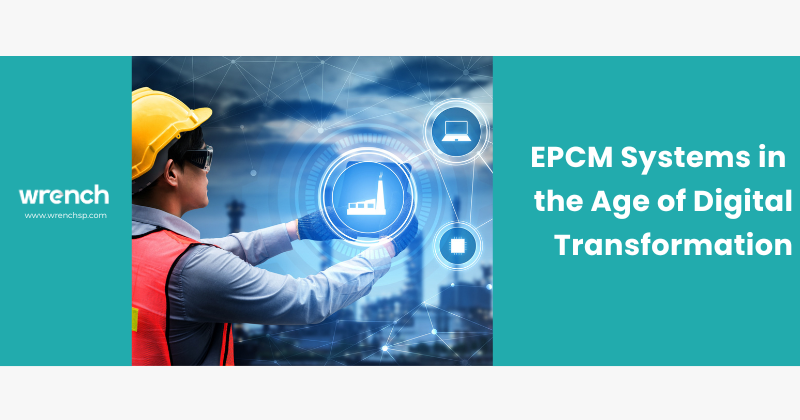It’s become commonplace to hear statements about “The Benefits of Digital EPC software’ and ‘The Future of the Construction Industry’ and ‘Digital transformation in EPC sectors’, with some pundits dubbing the current era EPC 2.0 or Industry 4.0. Buzzwords aside, what does all this mean for the organisation on the ground like a contractor or architect or owner? It’s hard to say but one thing is sure: it won’t be the EPC industry we know.
Let’s go back to information. Being able to capture information at the source is the first step in digitisation and what we’re seeing now goes far beyond data capture; today we’re talking about digital analysis of the data in order to make it useful, about dynamic digital monitoring monitoring models, about digital equipment and component requirements estimations, about proactive project management.
What does that mean – proactive project management? It means you don’t wait for something to go wrong in your project before you take steps to solve it.
EPC projects have always been reactive, by default, and that meant delayed and stalled projects were the norm. Thanks to digital EPC systems that’s now changing. For example, you could use data about the location and speed of moving forklifts to predict (and prepare for or prevent) an imminent collision. You could use data about the vibrations in your pipe cutting machine to asses when it needs maintenance even if the regular schedule shows otherwise. Such real-world uses of data analysed by a ‘smart’ digital system are endless. We’re in an era where EPCM or engineering procurement construction software steadily creates a ripple effect in project outcomes and that effect has begun spreading to the business side, with software choices influencing financing options as well. So can we expect fundamental changes at the business level and not just the operations level? Looks like it.
Digital EPC software benefits translate directly to industry business markers, like visibility about project progress in real time keeping teams on their toes, online collaboration keeping stakeholders happy, instant access to data from any location and any digital device reducing project costs, and so on, all of which set the stage for a new kind of industry. In fact, the more advanced kind of EPCM systems have been shown to reduce the chance of disruptions in schedules (by reducing equipment downtime and enabling proactive/predictive management and maintenance) and can significantly increase savings in almost every aspect of the project lifecycle – which in turn will change the whole ecosystem, from how projects are won to how they’re handed over.
Let’s say a company has invested in an EPCM system and now has the data to help it lease equipment only as and when it is required. That means less wastage. That also means fewer manual errors in the tracking and delivery of that equipment. Now, how would that impact the procurement process? Think of all the small savings such automation and data-access would create – and what those small savings would add up to in the end. Or let’s say the company leveraged its EPC system to accurately predict fuel and other consumable requirements and was able to reduce the possibility of last-minute (and surcharged) orders to almost zero. How would that affect the project’s cash flow? Or, consider how dramatically health and safety considerations would improve with higher automation and how that would affect the overall project. For example, if there was no danger of injuries or accidents caused by old/obsolete designs, how would that affect the team?
Digitally-enabled work models also enable the enforcement of quality standards, making compliance a smooth process rather than a continuous firefighting scenario. A system-driven process could even enhance worker morale and mental health by making it possible for people to work from home (in cases where this is effective) and on the flip side, it would help reduce burdensome manpower costs for the company by adding the option of lower-cost manpower options.
We cannot speak of modern EPC digital systems without mentioning drones AI and machine learning. Some pioneering engineering procurement construction systems have already incorporated elements of all these, with outstanding results. For example, let’s say there’s a problem with the installation of a component on the site, like a light fixture. Drone technology would let you capture, transmit, and record the correction of those snags in real time at a fraction of the traditional time and money spent. Then we have AI-enabled software support that ensures fast and effective resolution of any queries, AI-enabled reports and their analyses that improve senior-level decision-making, AI-enabled forecasting and modeling that prevent delay and penalties, and so on.
In conclusion, from the older generation of digital technology like CAD and building information modeling (BIM) solutions to newer prefabrication and 3D printing tools and now drone, AI, and Machine Learning, digital EPC software has been quietly reshaping the EPC industry for decades and will continue to do so in ways we can’t yet foresee completely, so it would be wise to prepare for a new kind of work front, work process, and work culture that will surely impact each phase of E, P, and C.
